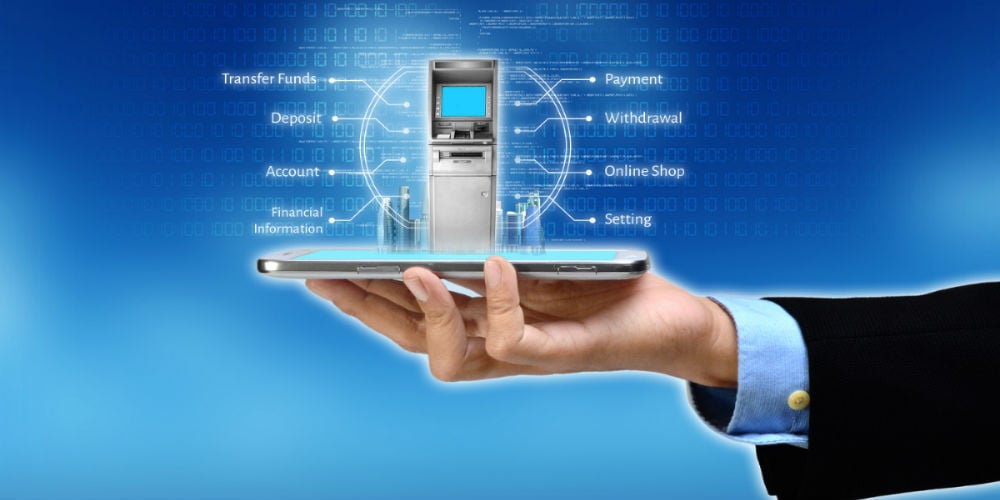Adaptive
In an increasingly digital landscape, businesses must ensure stringent mechanisms to handle vulnerabilities. In addition, data breaches can cost millions of dollars in losses and tarnishes brand reputation. This is why it is important to take a proactive approach rather than reactive. Continuous Risk and Trust Assessment (CARTA) is an innovative new IT security model that addresses these issues. The CARTA framework enables organizations to recognize risks and threats in real-time. It combines dynamic risk and trust assessments with real-time prioritization, monitoring, and responses to ensure security is always working at the right level. It also reduces the risk of costly breaches and other security incidents by enabling organizations to detect them sooner.
Unlike traditional IT security solutions, which favor black and white decisions, such as whether to allow or block an access, CARTA is more adaptive. It takes into account the gray areas of modern IT environments, such as when employees bring their own devices to work or when they use remote services to perform their duties. The result is a more secure and user-friendly system. A good CARTA solution should be able to identify the type of device and its software and hardware, as well as the user’s unique characteristics. It should then evaluate the risk and make a contextual decision that is most appropriate for that user. In addition, it should provide clear metrics to support ongoing monitoring and future assessments. This can help enterprises decide if it is worth switching from older protocols to the CARTA Continuous Risk and Trust Assessment framework.
Real-time
The CARTA framework is a real-time identity and access management solution. It helps organizations adapt to a dynamic digital landscape by continuously monitoring and assessing risks and trust levels in real time. This allows businesses to prevent costly data breaches and other security incidents, as well as respond more effectively to them when they do occur.
The first step in adopting the CARTA Continuous Risk and Trust Assessment framework is to conduct a thorough assessment of existing security protocols to identify gaps. This will help enterprises determine whether the framework is a good fit for their specific business needs. Clearly defined metrics will also serve to guide ongoing monitoring activities and future assessments. These metrics will also allow enterprises to track the effectiveness of new security protocols and measure the risk reduction and business enablement that they provide. As a result, CARTA is an effective complement to the National Institute of Standards and Technology’s Risk Management Framework (RMF). It enables businesses to evaluate their risk posture and determine whether it aligns with their business goals. This translates into greater operational efficiency, workflow agility, and customer satisfaction.
Automated
As the digital landscape becomes more complex, organizations must adapt their security and trust strategies to protect sensitive information and assets. CARTA is a new framework that can help enterprises manage these risks. Developed by Gartner, the framework enables businesses to continuously adapt their security and trust protocols and processes. The framework also enables them to assess risks and mitigate them before they become a significant threat. Unlike traditional Role-Based Access Control (RBAC), which cannot monitor and respond to user behavior, CARTA uses ML and AI to detect anomalies and potential threats in real time. This helps minimize the time it takes for a breach to be detected and shut down, thereby reducing the impact on their business. It can also identify suspicious users by analyzing traffic patterns, user, device and network behaviors.
In addition, CARTA provides granular access control beyond what is possible with RBAC, allowing IT teams to customize access for every user and application while minimizing security risks. It also helps reduce security bottlenecks and improve workflow agility. Additionally, it can reduce costs by enabling a single identity and authentication protocol to support multiple applications and devices.
Using a machine learning and artificial intelligence approach, CARTA frame work can spot threats that bypass any rules-based systems by looking at traffic patterns, user, device, network and asset behaviors to identify threats. It can then recommend appropriate responses to those threats, such as training for employees or the use of security technologies. Moreover, it can also provide recommendations on how to minimize these risks. This framework helps companies evaluate the trustworthiness of their digital assets, partners and customers to ensure that they are secure. By doing so, companies can build and maintain strong relationships that will lead to increased customer loyalty, improved reputation, and greater success in the digital marketplace.
A key component of a CARTA or Continuous Risk and Trust Assessment mindset is owner responsibility. It is important to understand that the ultimate responsibility for protecting enterprise information assets and business processes lies with the owners of those assets, not IT. It is important to recognize that introducing a CARTA approach into an organization will require additional effort on the part of the business and its employees, and it will require an ongoing commitment to improving these efforts.





